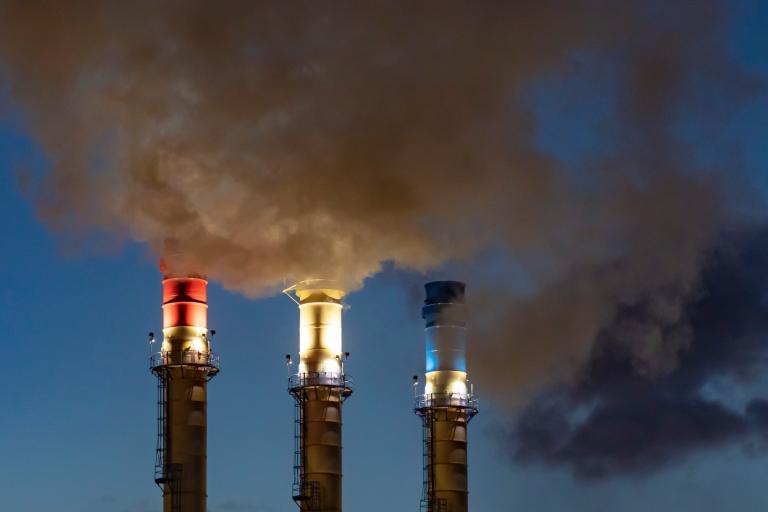
California High Speed Rail Authority
A planned high-speed rail line in California is looking forward to a bumpy 2013 (and 2014, and 2015 …). It may be attorneys rather than travelers who really win from the largest public works project in the state’s history, at least in the immediate future. The Fresno Bee reports that many farmers and other property owners along the intended route in the Central Valley have vowed to fight the project, potentially forcing the state to exercise eminent domain to seize needed properties.
Up and down the Valley, the rail authority anticipates spending tens of millions of dollars to buy the land it needs in Merced, Madera, Fresno, Kings, Tulare and Kern counties. The agency hopes to begin construction next year on a stretch of about 30 miles from northeast of Madera to the south end of Fresno — the first portion of what is ultimately planned as a 520-mile system linking San Francisco and Los Angeles.
But some vocal property owners, including farmers, are loathe to part with their property and have vowed to force the state to use its power of eminent domain — a potentially costly and time-consuming ordeal.
The line will eventually connect L.A. to San Francisco, but the first portion to be built will go through the through the Central Valley bread basket, pitting awesome California Cuties against awesome California regional transit. The total cost of the project is currently projected at $68 billion, but that likely doesn’t include enough money to settle cases with all property owners, especially farmers whose livelihoods are directly tied to their property.
Because trains traveling at 220 mph cannot make tight turns, some of the line will slice in an arc through farms rather than skim the squared-off edges of properties or hug existing freight railroad lines.
For farmland, “just compensation” may encompass much more than the per-acre value of the land. Other factors may include the production value of permanent crops on the acreage, the effect that the rail line would have on the remainder of the parcel, whether any structures or irrigation systems have to be moved, and access to acreage that sits on the other side of the tracks and whether those leftover pieces can be farmed economically.
California projects that this first, contentious portion of rail line will be complete by the end of 2017, though that date keeps being delayed.
Federal funding for the project, which is supposed to make up half of its budget, is also in question, as the U.S. Government Accountability Office warned in a recent report. But High-Speed Rail Authority Chair Dan Richard is still optimistic, telling The San Francisco Examiner, “This is truly a statewide rail modernization plan which includes improvements that will greatly enhance the efficiency and reliability of regional transit.”
Yeah, let’s hope the farmers see it that way.




